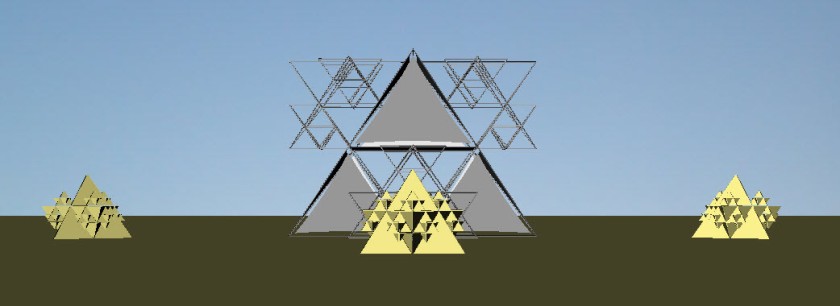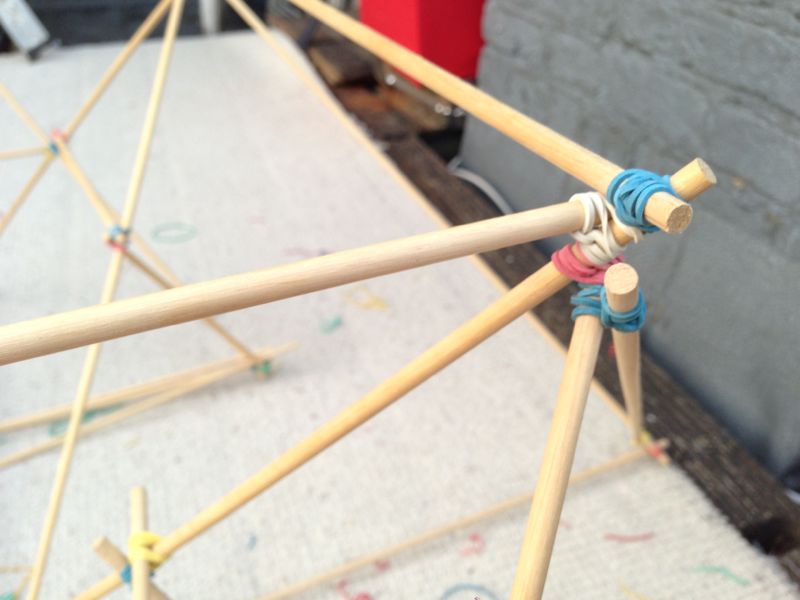
Project Summary
Translucent fractal ball animated by dancing color changing lights symbolizing the very first spark at the beginning of the universe as well as the spark of life that our species is on both an eternal mission to keep alight and is in the final stages of creating anew with artificial intelligence.
Physical Description
A 20 foot diameter translucent form, made of twelve identical five petal polypropylene origami flowers arranged as a dodecahedron each with two smaller flower at their centers and intricately lazercut with a 2d filigree depicting the overall form. All the flowers are tied to each other and to a timber dodecahedral internal skeleton with concealed zip ties. The creased polypropylene held in tension by the origami folds themselves provide the rest of the stability. LED DMX lights sit in the five points which touch the ground, facing upwards, illuminating the entire form.

Philosophy
At the end of Isaac Asmiov’s book ‘The last question’ a disembodied AI is the last mark of the human race left in an empty entropic universe. It remains calculating the answer to the last question it was asked, and, unable to find a recipient for it’s solution it says ‘Let there be light’ and creation begins again.
This piece is shaped as a tangible interpretation of this spark. The spark at the first second of the universe and the spark of life which our civilization is racing to create in a sentient self learning AI. This moment, when our creations become self aware, is the theme of burning man 2018 and also likely to be the most important moment in our species’ history. Self teaching AI will rapidly become so powerful it will effectively be a deity. This pavilion’s purpose is to draw the visitors attention to this rapidly approaching moment and consider how we should design this mind before it is too late.
Burners can pass by or play with the spark and think it is just a cool shape, but those who climb up inside what is figuratively a snapshot right at the beginning of new life and the universe, can take a moment to pause and ponder from within, whether their life’s endeavor is relevant in the face of coming AI, what our species’ current knowledge may lack and how it could be codified and explained to a machine and how lucky we are as a generation to have both been born late enough to see AI’s birth, and early enough to have known life before it.
<p><a href=”https://vimeo.com/244593633″>Life’s First Flicker: Burning Man 2018 Art proposal</a> from <a href=”https://vimeo.com/user71835996″>Benjamin Street</a> on <a href=”https://vimeo.com”>Vimeo</a>.</p>


























































